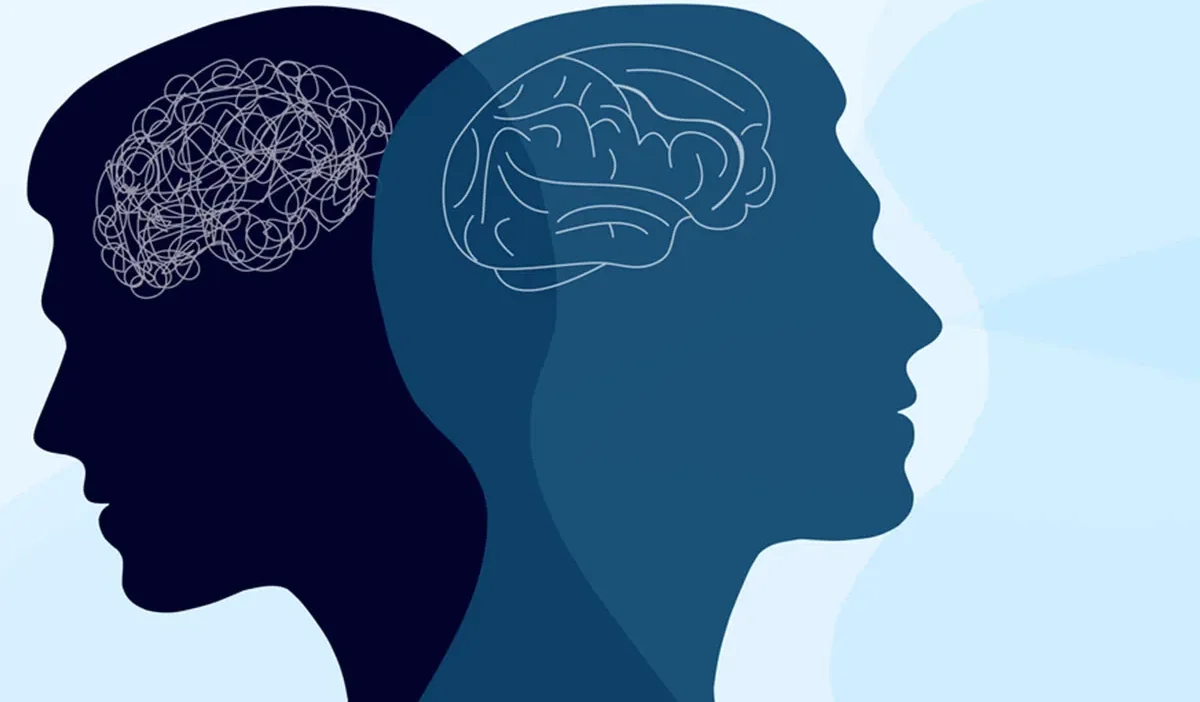Communities form the backbone of human experience. From ancient tribal gatherings to modern digital forums, our inherent need to connect with others remains unchanged. Yet some communities thrive while others wither, regardless of their size or purpose.
Successful communities aren’t built by accident. They’re carefully cultivated spaces that address fundamental human psychological needs. Understanding these underlying factors can transform how we build and nurture communities.
The Belonging Paradox
Humans harbor two contradictory desires: we want to belong, yet we also crave individuality. Successful communities navigate this paradox by creating what psychologists call “optimal distinctiveness”—the sweet spot where members feel part of something larger while maintaining their unique identity.
When I first joined a local writers’ group, I was struck by how the facilitator addressed everyone by name and remembered specific details about our work. This personalization made me feel simultaneously welcomed and recognized for my unique perspective. The experience transformed my commitment to the group.
This delicate balance explains why research from the University of Kansas found that communities emphasizing both collective identity and individual contribution report higher retention rates. Members stay because they feel irreplaceable yet connected.
Reciprocity Loops
Reciprocity—the social norm of returning favors—creates powerful feedback loops in community settings. When members receive value, they feel compelled to contribute value in return.
These exchanges needn’t be transactional or even equal. A community member might receive encouragement during a difficult period and later become a mentor to newcomers. This “paying it forward” mentality creates sustainable engagement patterns.
Our tendency toward reciprocity explains why communities with clear avenues for contribution outperform those structured primarily for consumption. As you’ll see in our community engagement guide at BuildBonding.com, the most vibrant communities establish multiple pathways for members to give back.
Psychological Safety
Harvard researcher Amy Edmondson defines psychological safety as “a shared belief that the team is safe for interpersonal risk-taking.” Communities with high psychological safety allow members to express opinions, share vulnerabilities, and make mistakes without fear of rejection.
Consider how differently these scenarios feel:
In Community A, a new member asks what seems like a basic question. Members respond with dismissive comments about “doing your homework first.” The newcomer never posts again.
In Community B, the same question receives thoughtful responses acknowledging the learning curve. Other beginners express relief at seeing the question asked. The newcomer becomes a regular contributor.
The difference lies in psychological safety—the invisible infrastructure supporting meaningful participation.
Purpose Alignment
Communities thrive when members’ personal values align with the community’s purpose. This alignment creates what psychologists call “identity fusion,” where participation becomes an expression of who someone is rather than just something they do.
People stay in communities not just because they enjoy the activities but because participation reinforces their self-concept. When leaving would feel like losing a piece of themselves, retention becomes almost automatic.
Progressive Involvement
Successful communities create clear pathways for increasing involvement. These graduated steps—from lurking to occasional participation to leadership roles—provide natural progression that respects members’ readiness.
Psychologically, this honors the concept of “self-efficacy”—our belief in our ability to succeed in specific situations. As members master each level of participation, their confidence grows, preparing them for deeper engagement.
The Ritual Effect
Rituals—from morning coffee discussions to annual retreats—create predictable rhythms that strengthen community bonds. These shared experiences generate what sociologists call “collective effervescence”—heightened feelings of connection and meaning.
These moments matter because they transform abstract communities into emotional realities. Members remember how they felt during these experiences more than specific information exchanged.
Implementing Community Psychology
Understanding these principles opens possibilities for intentional community development:
Create belonging by balancing group identity with individual recognition.
Establish reciprocity loops by making contribution opportunities visible and accessible.
Build psychological safety through consistent, respectful moderation and clear community norms.
Clarify your community’s purpose and help members connect it to their personal values.
Develop pathways for progressive involvement that honor members’ readiness.
Institute meaningful rituals that generate collective emotional experiences.
Communities that thrive aren’t just collections of people sharing space—they’re psychological ecosystems addressing fundamental human needs. By acknowledging and designing for these needs, we create spaces where participation feels less like an obligation and more like coming home.





